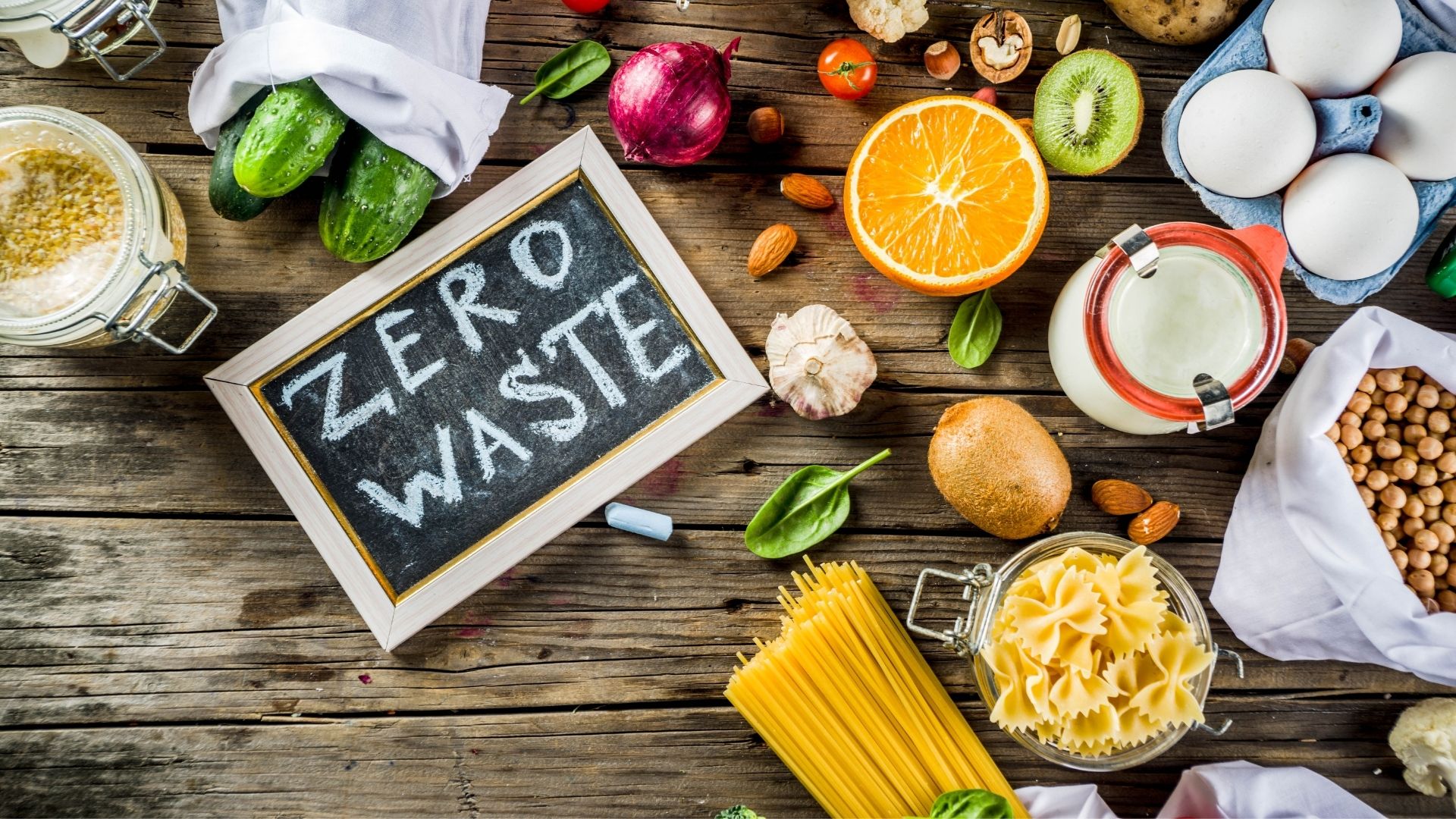Everyone can make improvements when it comes to how much electricity, water, and waste they use and produce every day—even if that’s something as simple as taking a shorter shower. Especially with all the extra time the world is spending at home lately.
During a recent virtual webinar from Intuition, Kristen Fulmer, a New York City-based sustainability expert and the founder of Recipric, said monthly utility bills are on the rise as the resources people used to use at work are now being used in their own spaces. But by taking some simple steps to make your home more sustainable, you’ll help out the planet and save money in the process.
Three Areas You Can Be More Sustainable at Home
-
Electricity
Being at home all the time has probably made your electricity bill shoot through the roof. Fulmer says even though it seems like your electronics would be making that monthly cost rise, it’s actually heating and cooling. Luckily, she has some options that can help you cut back.
“Turn off the lights when you’re not using them, adjust your thermostat one degree lower or higher than you would normally, and use a power strip,” she says. Using the power strip technique alone could save you $200 a year, as it uses less energy than you would plugging directly into the wall.
-
Water
You use water for everything from your toilet to your washing machine. While you need it for a lot of different things in your everyday life, Fulmer says there are still ways you can save more water every day.
One of the first ways is something you might not expect: making more plant-based meals. “Plant-based diets save a tremendous amount of water. It’s been shown to reduce your water footprint by almost 55 percent,” she says. You can also get a low-flow shower head, which uses less water during your showers.
-
Waste
How much are you throwing away every month? Probably more than you think. To reduce the amount of waste you produce at home—and help cut down on the amount of garbage going into landfills—Fulmer recommends starting by using every part of what you eat. It can be as simple as using parts of veggies you’d typically throw away in salads, or using them to make a broth.
She also says to use reusable shopping bags, as well as invest in a compost bin. You can use it for things like veggie shavings, banana peels, or coffee grounds. You can also go a step further and support companies that have reusable and eco-friendly products. Even the smallest changes add up over time.









